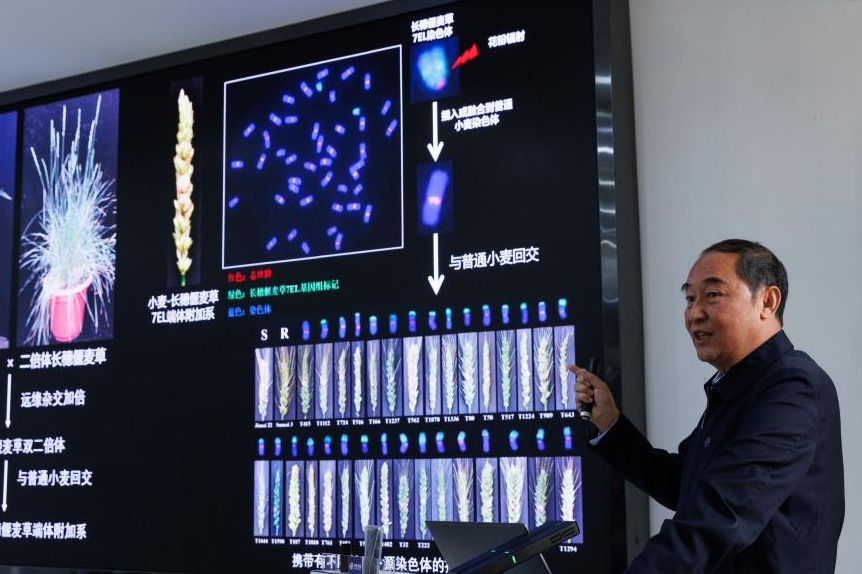Expanded CPC memorial hall opens

After more than a year and a half of renovation and expansion, the Memorial for the First National Congress of the Communist Party of China in Shanghai opened on Thursday for the upcoming centenary of the founding of the Party in July.
The expanded memorial in the city's Huangpu district includes an exhibition hall where visitors can view 1,168 historical relics, photos and diagrams illustrating the history of the founding of the Party. In addition, there is a preserved hall where Party members take their admission oath, and the renovated original site where 13 Chinese delegates and two foreign representatives from the Communist International attended the First CPC National Congress in July 1921.
"This place has witnessed the groundbreaking event of the founding of the Party, which marked the great start of the Chinese revolution, carried the great dream of the Party, and inherited the great spirit of Party members. It's the eternal glory of the city to be the birthplace of the Party," said Li Qiang, the Party secretary of Shanghai, at the opening ceremony.
Li emphasized that the city will make full use of the rich resources of the Party to promote its culture and history.
The exhibition hall, called Epoch-Making Beginnings: Founding of the Communist Party of China, spans 3,700 square meters-a more than threefold increase from the previous memorial, which has been open to the public for free since 1952.
Key exhibits cover 72 translated versions of The Communist Manifesto by the great German thinkers Karl Marx and Friedrich Engels; medals commemorating the 1911 Revolution, from October 1911 to February 1912, which ended China's last imperial dynasty; flyers from the May Fourth Movement of 1919; and a toolkit used by the martyr Li Bai, who died in 1949 at the age of 39 in the fight to liberate the country.
Some exhibits have been donated by the public. Among them is a logbook recording the duties of the Chinese military before Shanghai's liberation in May 1949, and relevant policies after the liberation. The logbook was donated this year by Liu Shaling, a Shanghai resident.
"I found it when I sorted out the belongings of my late parents. I hope it will be useful in teaching the new generations to inherit the revolutionary spirit of the Party and to understand the country's history," said Liu, who served as deputy Party secretary, from 1992 to 2004, of the previous Memorial for the Site of the First Congress of the Communist Party of China.
Technology is used in the hall to create a better visitor experience, according to Hu Xiaoyun, chief designer of the exhibition.
A sand table of over 20 square meters presents a miniature landscape model of Shanghai in the 1920s, showcasing local landmarks related to the Party's growth from 1921 to 1933 through multimedia.
The whole meeting process of the First National Congress of the CPC in 1921 is displayed in a 300 sq m space in the hall, through holographic projection and "naked-eye" 3D technology.
One of the decoration highlights is a 3-meter-long, 7-meter-high oil painting, which depicts the first group of 58 Party members in China striding forward.
"We did research on every Party member's life including their profession before the founding of the Party. These factors are taken into account in their clothing styles and appearance in the artwork. Overall, they are marching in firm steps, as they had the motivation and confidence to change the country," said Chen Shudong, one of the painters of the work and a member of the Chinese Artists Association.
Today's Top News
- Five continents, five rhythms in 2025
- Lawmakers review draft law to expand childcare services
- China's new-style tea brands find a hot new market in US
- Xi extends congratulations to Chilean president-elect
- Japan urged to stop provocative moves
- Shanxi ends province-wide blanket fireworks ban






























